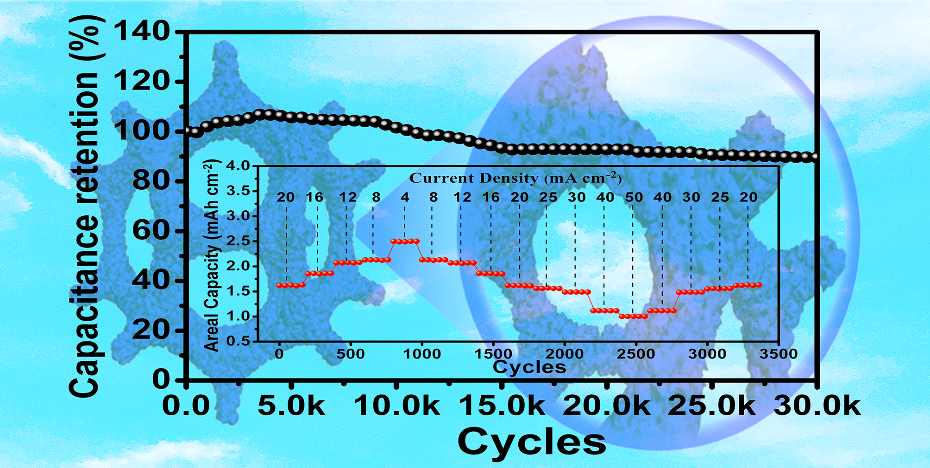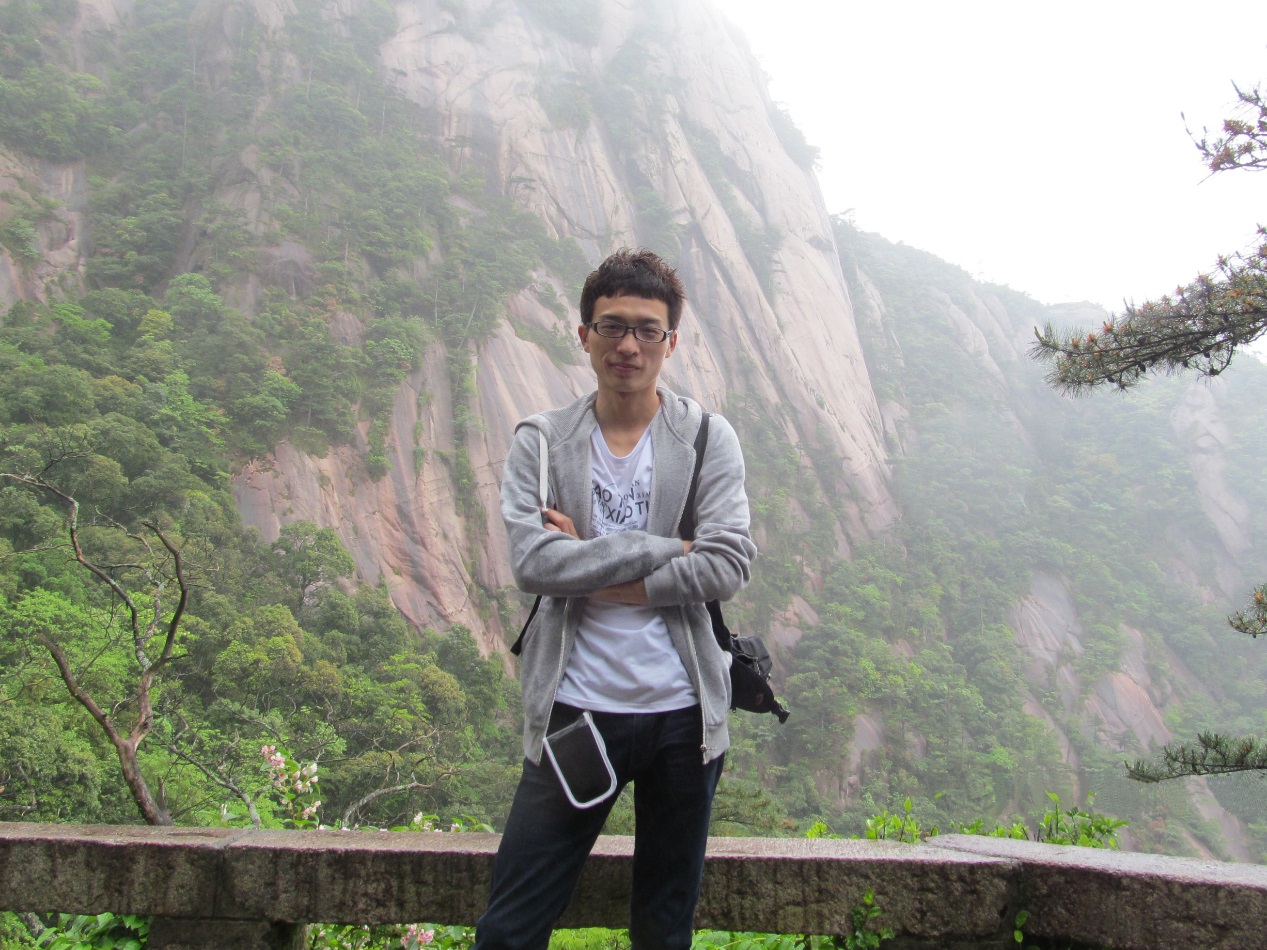Cheng Yafei, Lecturer, from the School of Materials Engineering recently published the title "The ultrasonic-assisted growth of porous cobalt/nickel composite hydroxides as a super high-energy and stable cathode for aqueous zinc batteries" in the internat

Cheng Yafei, Lecturer, from the School of Materials Engineering recently published the title "The ultrasonic-assisted growth of porous cobalt/nickel composite hydroxides as a super high-energy and stable cathode for aqueous zinc batteries" in the internationally renowned journal "J. Mater. Chem. A" (Area of SCI Division, Chinese Academy of Sciences, IF = 11.301) with the first author and Changshu Institute of Technology as the first completion unit. This study reported a facile and cost-effective ultrasonic-assisted method for growing porous cobalt/nickel composite hydroxides on 3D Co-Ni foam (CNF). Attributed to the synergistic effects of the 3D foam architecture, the porous structure, and the in situ formation of electrochemically active cobalt/nickel composite hydroxides, the constructed electrode (UTCNF) shows the excellent electrochemical performance as the cathode for aqueous zinc battery.
Thesis link: https://pubs.rsc.org/en/content/articlelanding/2020/TA/D0TA05941B#!divAbstract
Paper Title:The ultrasonic-assisted growth of porous cobalt/nickel composite hydroxides as a super high-energy and stable cathode for aqueous zinc batteries
Journal:J. Mater. Chem. A
Abstract:
To achieve an aqueous zinc batteries with high capacity and superior durability, a scalable and efficient strategy for preparing an outstanding cathode is of pivotal importance. Herein, porous cobalt/nickel composite hydroxides supported on the 3D Co-Ni foam (CNF) is constructed as a robust cathode (denoted as UTCNF) via a facile and cost-effective ultrasonic method that is capable of scaling up the production to industrial level. Attributing to the synergic effects of 3D foam architecture, porous structure and the in-situ formation of electrochemically active cobalt/nickel composite hydroxides, the as-fabricated UTCNF//Zn battery exhibits a superior performance with the relatively high capacity (2.13 mAh·cm-2 at 8 mA·cm-2), excellent rate performance (47% capacity retention from 8 to 50 mAh·cm-2) and superior stability (only ~10% capacity loss after 30000 cycles at the high current density of 40 mA·cm-2). Furthermore, a maximum energy density of 3.99 mWh·cm-2 and a peak density of 320 mW·cm-2 are also attained. Notably, the soft-package battery with UTCNF as cathode testifies its great potential as power supply. This work may provide a valuable thought in achieving large-scale aqueous zinc batteries with high performance.

Fig. 1 (a) Schematic diagram illustrating the preparation of UTCNF via an ultrasonic treatment process. (b) SEM images, (c) TEM image and (d) HRTEM image of CNF. (e) SEM images (f) TEM image and (g) HRTEM image of UTCNF.

Yafei Cheng is a lecturer, from the School of Materials Engineering, Changshu Institute of Technology. He received his PhD degree in 2018 from Soochow University (China). His current research interests focus on the electrocatalysis and energy conversion, including water spiltting, oxygen reduction reaction and zinc-air battery. He has published 10+ papers in prestigious international refereed journals.
